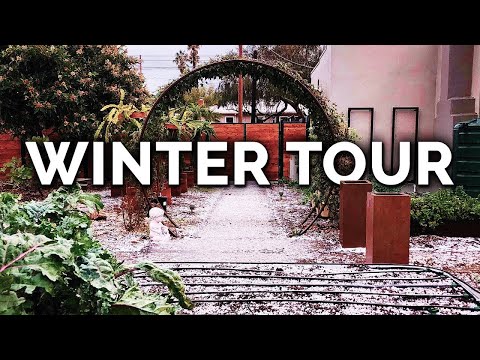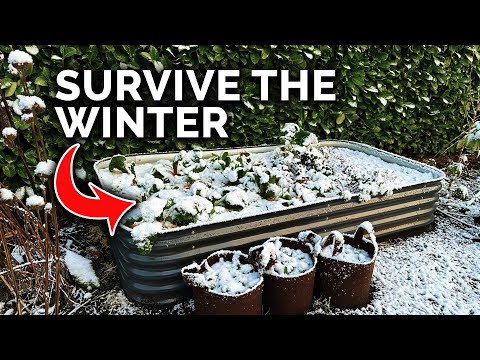[ad_1]
Picture it. You’ve accomplished prepping the yard for winter. You’ve planted your bulbs, decrease or pulled weeds, and panted some late-season rose bushes. You composted after which tucked all of the items away under a blanket of mulch. You then stand up one magical morning to a blanket of very good, white glitter masking the yard.
There could also be so much to do to rearrange for at the moment, the first frost of fall or winter. Fall is a bustling time throughout the yard. Winter, nonetheless, is a time for a lot of points to rest. It is best to nonetheless have some evergreens to are inclined to. Nonetheless, for in all probability probably the most half, crops go dormant, and much work is over until points begin to warmth once more up in spring.
So what must we do throughout the yard after the first frost? Correctly, the additional mandatory question is what we must always at all times not do. Let’s check out some duties you should avoid after that first frost.
Pruning


When the first frost hits, a number of our crops reply by dying once more to the underside. This frost lets them know that it’s time for his or her dormancy—time to retreat and protect vitality for the spring.
Going outside and decreasing off damaged foliage attributable to the freeze could be tempting. Nonetheless, it’s mandatory to resist this temptation and depart that ineffective foliage for warmer days ahead.
Proper right here’s why: The ineffective foliage actually protects the rest of the plant that hasn’t died from the chilly. That’s considerably true of those crops which could be questionable in your native climate. Leaving that ineffective foliage intact can act as security for the rest of the plant and its roots from future freezing vents.
Pruning in winter is harmful for two causes. First, it removes that security, exposing the healthful parts of the plant to freezing all through subsequent events. Second, pruning stimulates improvement. That tender new improvement will in all probability be further vulnerable than mature picket that hardened off all through the sooner seasons.
This doesn’t merely apply to large crops and perennials. For smaller flowering crops, leaving seed heads intact feeds overwintering birds and completely different small animals. Many helpful bugs moreover overwinter throughout the gap stalks left from these.
Withholding Water
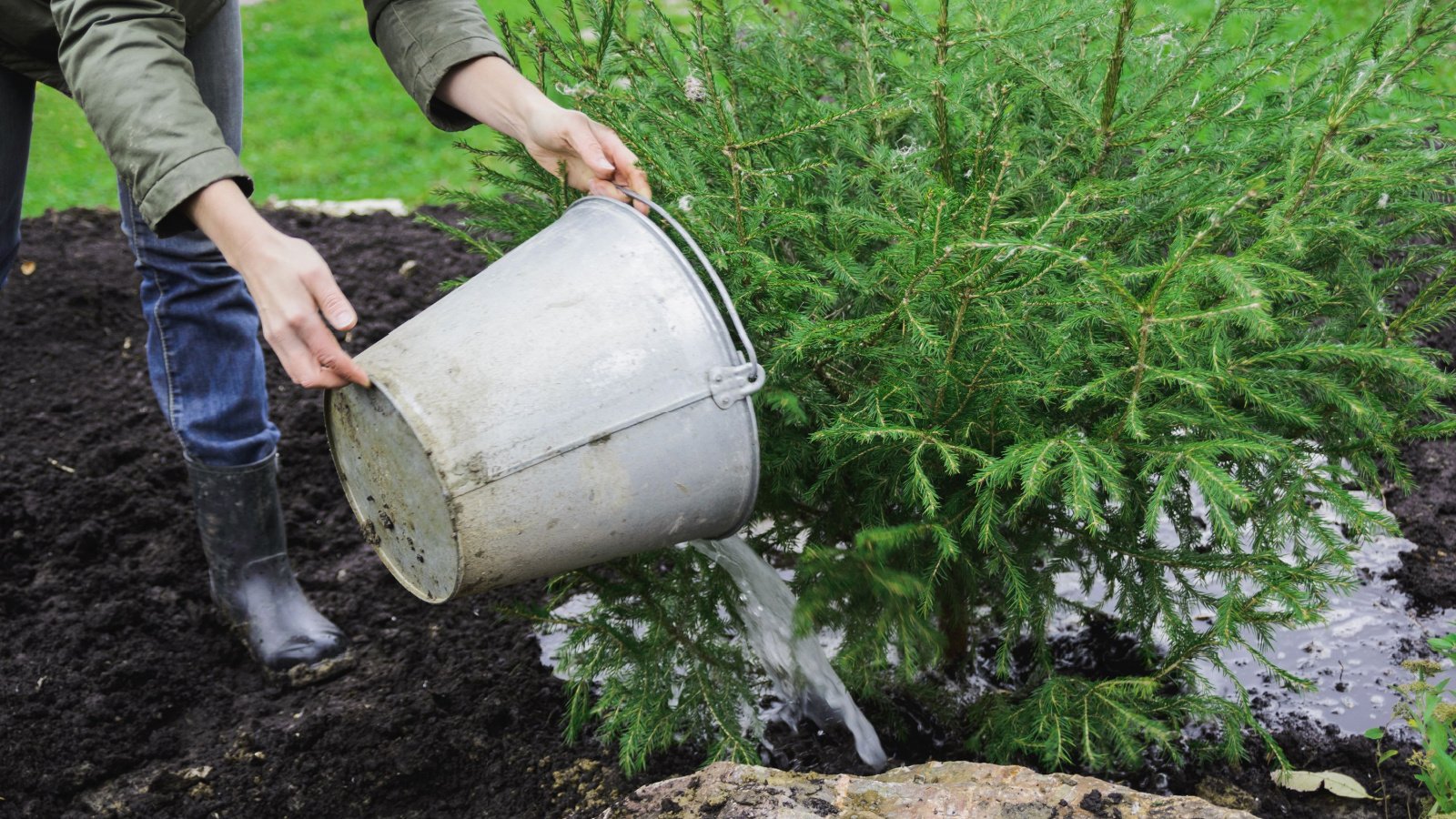

It’s essential to protect watering your crops, even once they’re dormant. Whereas they acquired’t need as so much water, they’ll bear from further in depth root hurt and potential lack of life with out adequate.
Hydrated crops stand as a lot because the chilly increased than dehydrated ones. The hydrated tissues are further resilient and additional vulnerable to bounce once more from the chilly. Dry roots are fragile and easily damaged by freezing temperatures.
Don’t water if the soil is already moist; check your crops weekly and wait until it is dry to the contact. It’s best to water when the air temperature is above 40°F (4°C). Nonetheless watering ahead of a freeze is especially mandatory. Pay explicit consideration to any newly planted perennials, which need further water than established timber and shrubs.
Water timber to the drip line and smaller crops close to the crown. The water actually protects your plant’s roots, offering some insulation. The moist soil will preserve barely hotter than the air. If attainable, use drip irrigation. Watering slowly will help your crops take up the water further successfully.
Overwatering
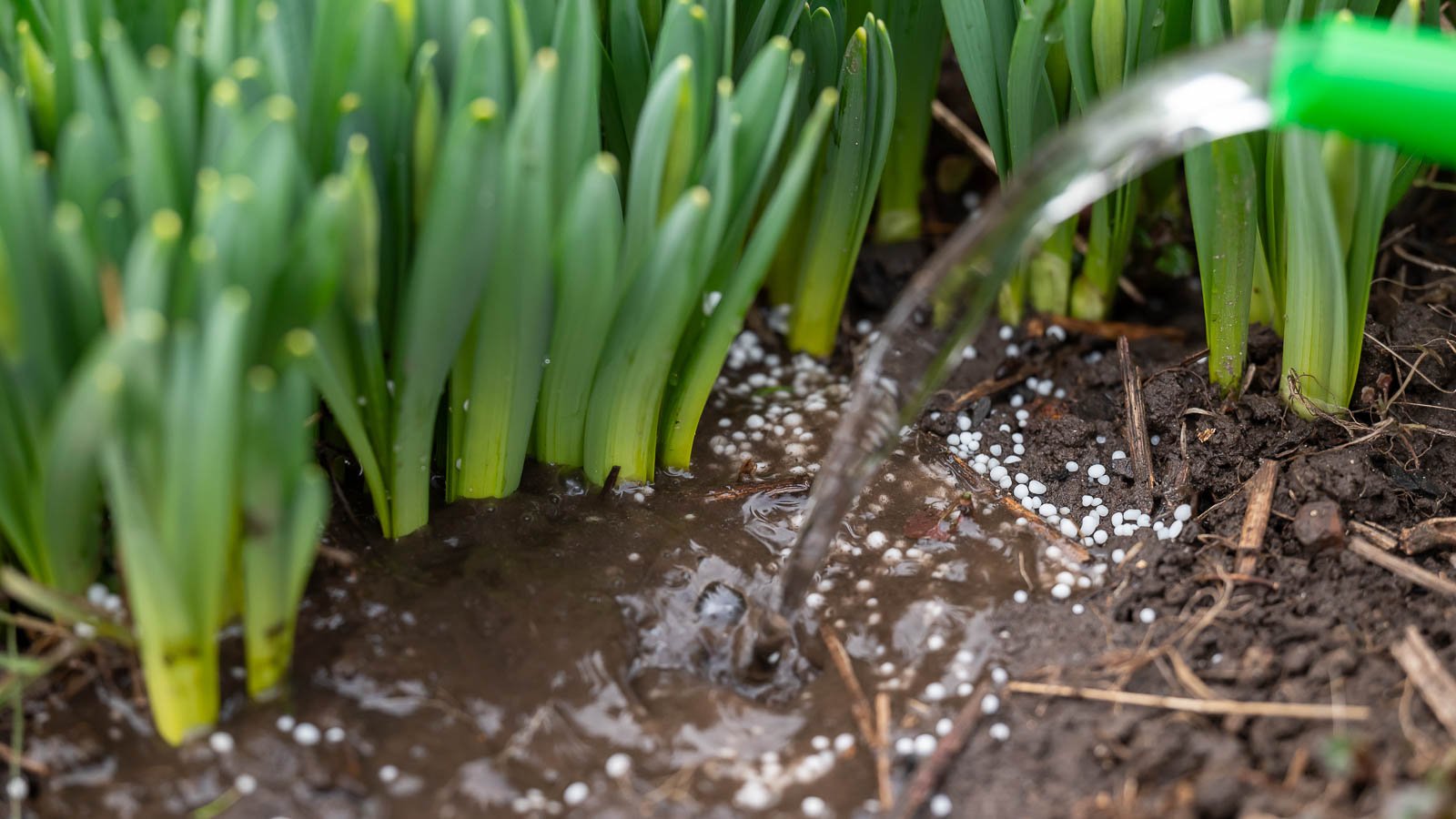

This will likely sometimes sound contradictory, nevertheless as mandatory because it’s to proceed watering in winter, it is equally essential to avoid overwatering. All through winter, your crops take in a lot much less water on account of they’re dormant. Whereas they nonetheless need some moisture, an extreme quantity of might trigger further damage than good.
Overly moist soil spherical roots and bulbs that aren’t absorbing and utilizing it may end up in root rot. That could be very true of bulbs, which already keep some moisture. Must you let the underside preserve soggy, you would end up upset by a shortage of flowers throughout the spring as your bulbs have rotted.
Fertilizing
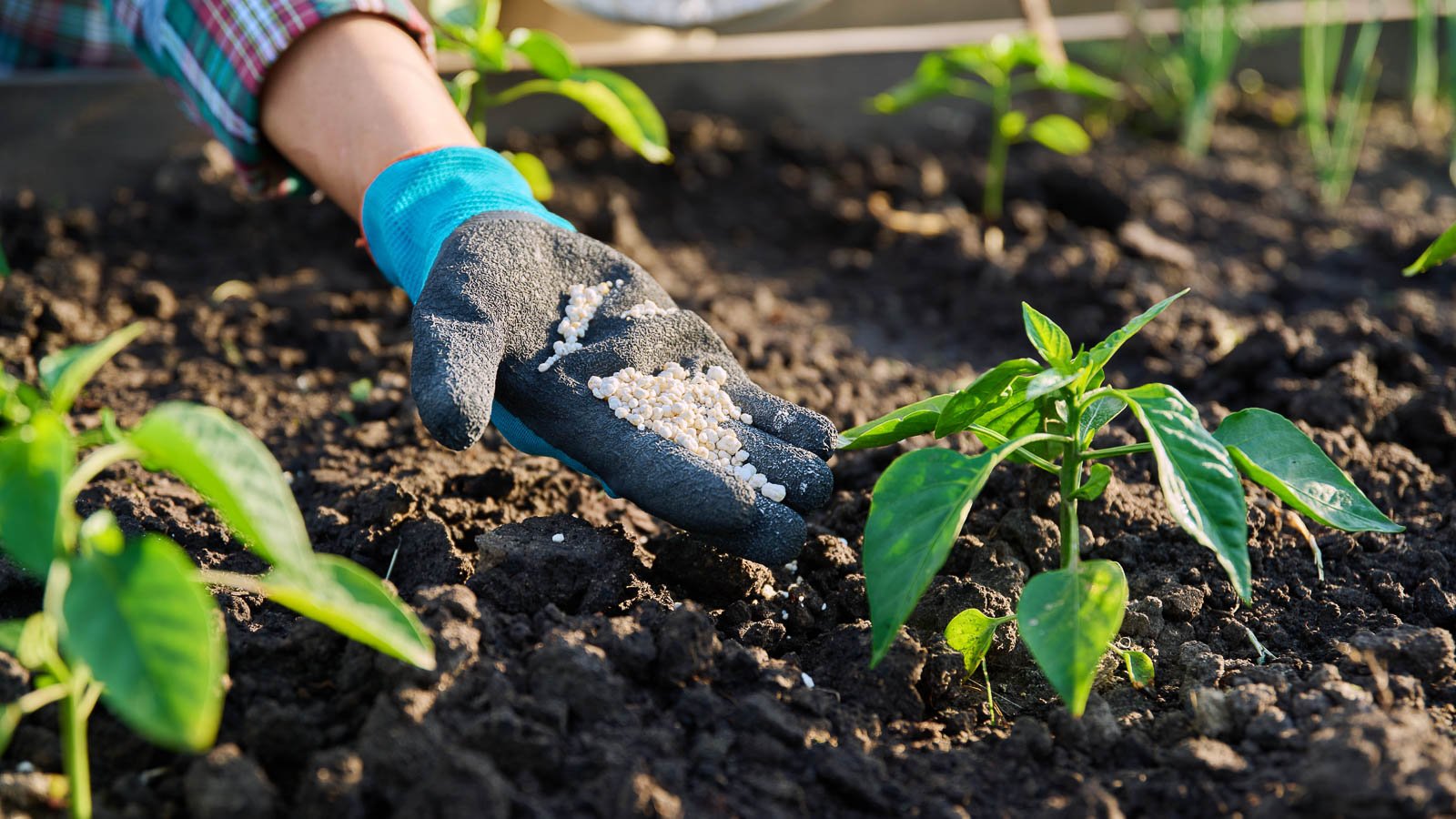

Technically, fertilizing must stop throughout the fall, about six to eight weeks sooner than your first anticipated frost date. Fertilizer has the identical impression as pruning: it encourages new improvement, which is further vulnerable to chilly, which compromises the whole plant.
One other excuse to not fertilize in winter is that you just’ll waste the fertilizer. Dormant crops take in far a lot much less water and nutritional vitamins than once they’re actively rising. An extreme quantity of fertilizer might also be detrimental to roots, which are further fragile from the chilly.
The one time you should use fertilizer in winter is for winter-blooming houseplants. Use a diluted system for actively rising indoor crops. Outdoor crops hardy to your space will in all probability be unable to take in nutritional vitamins of their dormant state.
One different completely different, do you have to actually really feel such as you wish to give your beds further of a carry for spring, is pure amendments. Must you haven’t mulched (which you should do sooner than the first freeze), laying down a topdressing of manure or compost is okay. It will break down slowly as a result of the local weather warms up.
Planting One thing That’s Not Dormant
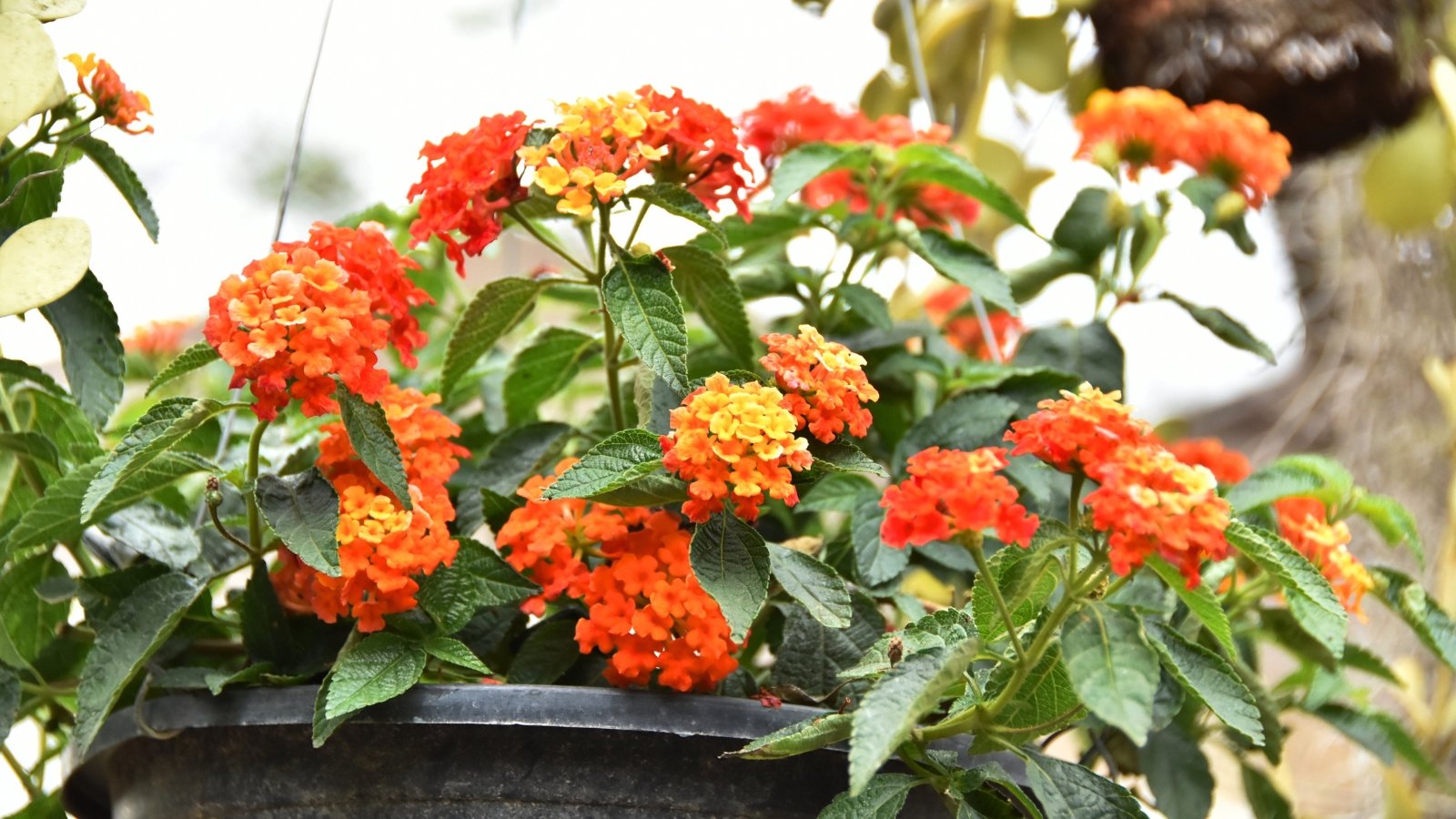

Relying in your native climate, you would or couldn’t be succesful to proceed planting positive points after the first frost. Technically, the underside continues to be workable until a protracted arduous freeze (28°F/-2°C or lower). You presumably can plant dormant timber and shrubs in a number of areas as long as the underside is workable.
Planting dormant timber and shrubs in winter doesn’t disturb their pure cycle. Planting non-dormant crops, nonetheless, should not be a very good suggestion, evergreens included. Evergreens wish to take in nutritional vitamins sooner than the soil freezes, they normally couldn’t have the likelihood to do this do you have to wait too prolonged.
Using Weed Killer
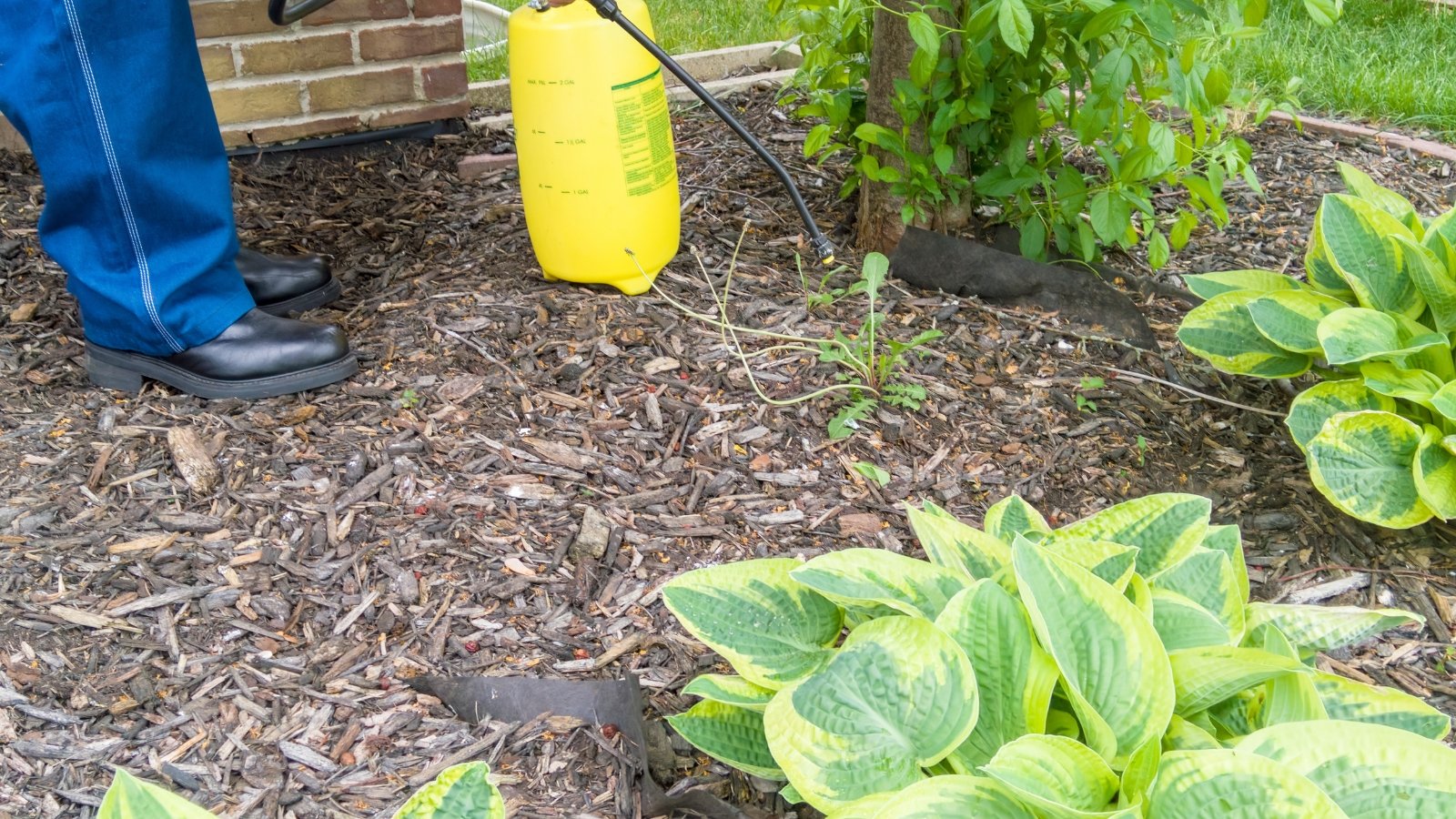

I’d prefer to say that you just shouldn’t use weed killers the least bit. They have been acknowledged to contaminate the groundwater and contribute to an unhealthy environment typically. Nonetheless, some individuals truly like a weed-free turf backyard.
Most of these chemical compounds have temperature restrictions. That is, they work best in a specific range. Using them beneath their indicated temperature restriction can render them a lot much less environment friendly or not environment friendly the least bit.
The best cases to spray for weeds are in spring when the soil warms to about 50°F (10°C), or throughout the fall. Merely you should definitely get it carried out when it has time to work sooner than the temperature drops.
Clearing Leaves From Yard Beds
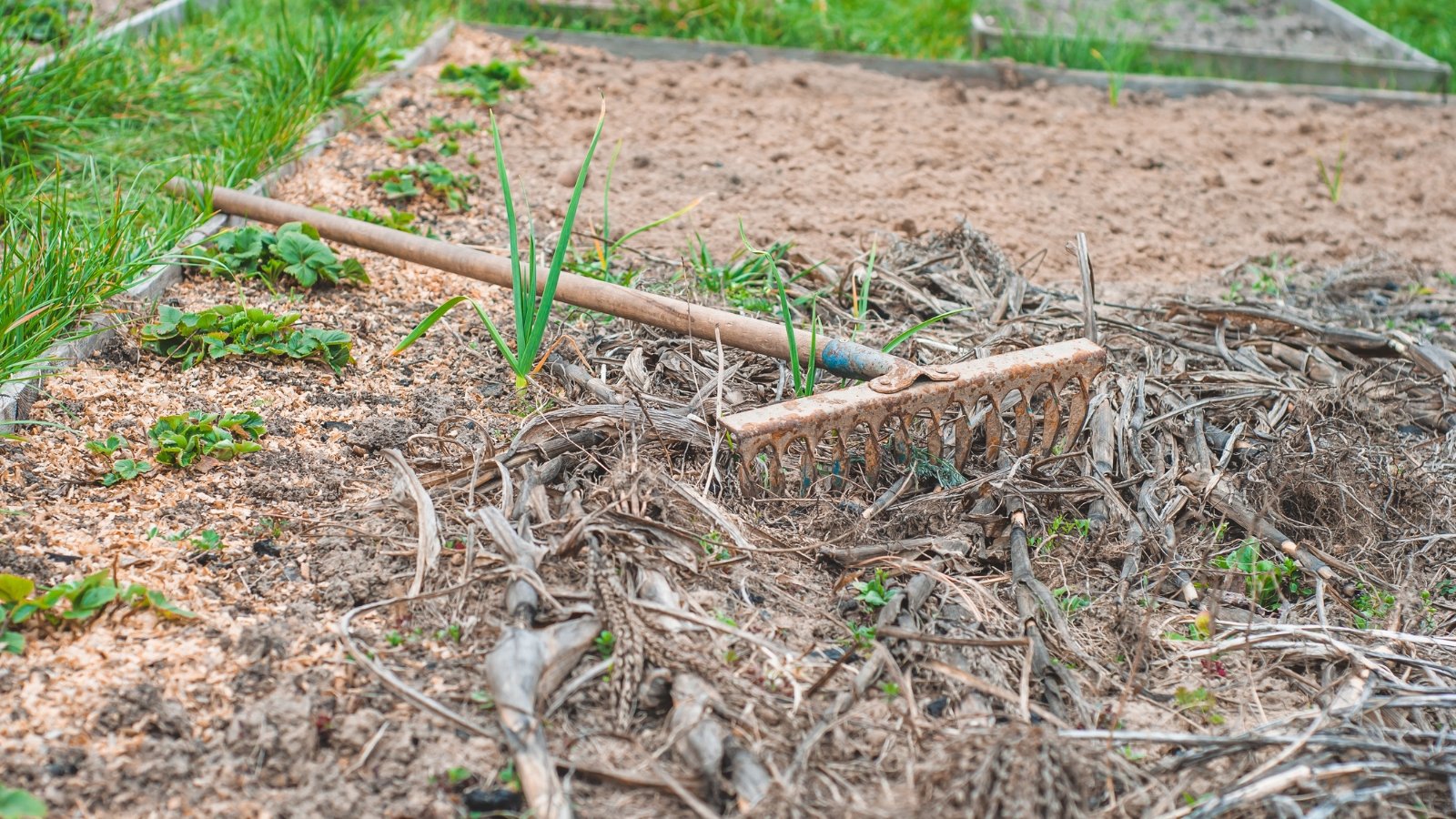

Lastly, ought to you may depart the leaf cleanup for spring, it’s actually the easiest issue in your yard as a whole. Allowing fallen leaves to stay in place may assist insulate your beds. They act as mulch, so leaving them in place saves money on mulch. Moreover they break down over time and alter valuable nutritional vitamins throughout the soil.
One other excuse to go away the leaves is for helpful bugs. Many helpful bugs hibernate all through the chilly local weather. Leaf piles current a warmth, safe, and guarded spot for bumblebees, native bees, fireflies, and the larval sort of many moths and butterflies.
These bugs will uncover their means into these areas sooner than that first frost and preserve put until the spring. By eradicating leaves from the yard, you eliminate these helpful bugs, and that will disrupt the ecosystem for the subsequent yr.
Do your pollinating buddies a favor and depart the leaves. Ought to you may’t tolerate them laying the place they fall, be blissful to rake them into piles sooner than winter. Then, merely depart them there to decompose and use them as compost throughout the spring.
[ad_2]

